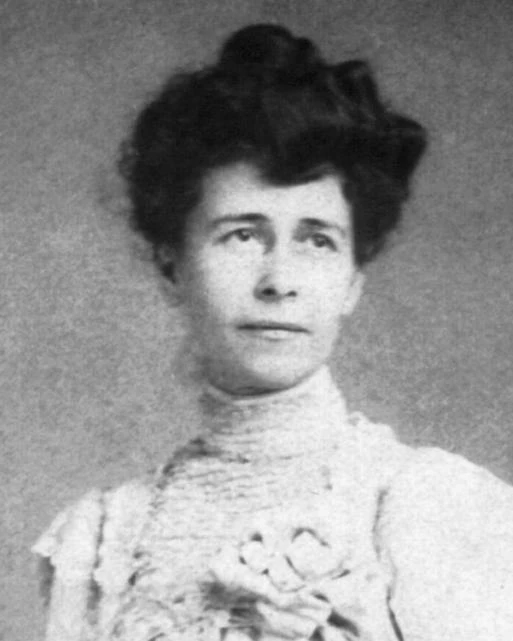Last updated: March 19, 2025
Person
Anna Maria Jarvis

Wikimedia Commons
Anna Maria Jarvis was the primary advocate for establishing Mother’s Day as a holiday, now commemorated annually on the second Sunday of May across the United States.
Anna Maria Jarvis was born in Webster, West Virginia, on May 1, 1864, in the middle of the American Civil War. Her home state had come into being just a year before: lawmakers in western Virginia disagreed with Virginia’s decision to secede from the Union, so they themselves opted to secede from Virginia and form a new state.
Anna’s mother, Ann, founded Mothers’ Day Work Clubs that organized public health projects that tried to bridge the Union/Confederate divide. Mothers’ Day Work Clubs cared for sick and injured soldiers from both sides of the war. Ann also coordinated a “Mother’s Friendship Day” after the war ended, encouraging friendliness between the mothers of former Union and Confederate soldiers.1
After Ann died in 1905, Anna Jarvis was inspired by her mother’s legacy to advocate for a national observance of Mother’s Day.
The first formal Mother’s Day church service was held on May 10, 1908, at Andrews Methodist Episcopal Church in Grafton, West Virginia. Jarvis didn’t attend the service; she was in Philadelphia at a Mother’s Day event hosted by Wanamaker’s department store. However, she sent 500 white carnations to Andrews Methodist Episcopal Church for the service’s attendees.
Jarvis single-mindedly pursued allies in her mission to establish Mother’s Day nationwide, conducting a letter writing campaign contacting business owners, politicians, ministers, and journalists across the U.S.2 Her persistence paid off: President Woodrow Wilson designated Mother’s Day as a national holiday in 1914, declaring it a “public expression of love and reverence for the mothers of our country.”3
However, Jarvis hated how Mother’s Day quickly become a commercialized holiday. She railed against florists boosting prices on carnations in advance of Mother’s Day and detested the greeting card industry, arguing that standardized cards were antithetical to the spirit of Mother’s Day.4 She was infuriated by people profiting off the holiday she created, asking “WHAT WILL YOU DO to route charlatans, bandits, pirates, racketeers, kidnappers and other termites that would undermine with their greed one of the finest, noblest, and truest movements and celebrations?”5
Jarvis died in West Chester, Pennsylvania, on November 24, 1948, at the age of 84.
1 Page Putnam Miller and Jill S. Mesirow, “Andrews Methodist Episcopal Church” National Historic Landmark Nomination (Washington DC: Department of the Interior, National Park Service, 1992).
2 “Take a Second to Salute Anna Jarvis, the Mother of Mother’s Day,” National Public Radio, May 8, 2016.
3 “Proclamation 1268 – Mother’s Day, 1914,” The American Presidency Project, accessed October 17, 2024.
4 Katharine Antolini, Memorializing Motherhood: Anna Jarvis and the Struggle for Control of Mother’s Day (Morgantown: West Virginia University, 2017).
5 Quoted in Kristine Phillips, “She Invented Mother’s Day – then Waged a Lifelong Campaign Against It,” Washington Post, May 11, 2024.
This page was written by Dr. Sarah Pawlicki. This page was made possible through the National Park Service by a grant from the National Park Foundation through generous support from the Mellon Foundation. The Mellon Humanities Postdoctoral Fellowship program is administered through a partnership between NPS, NPF, and American Conservation Experience.
